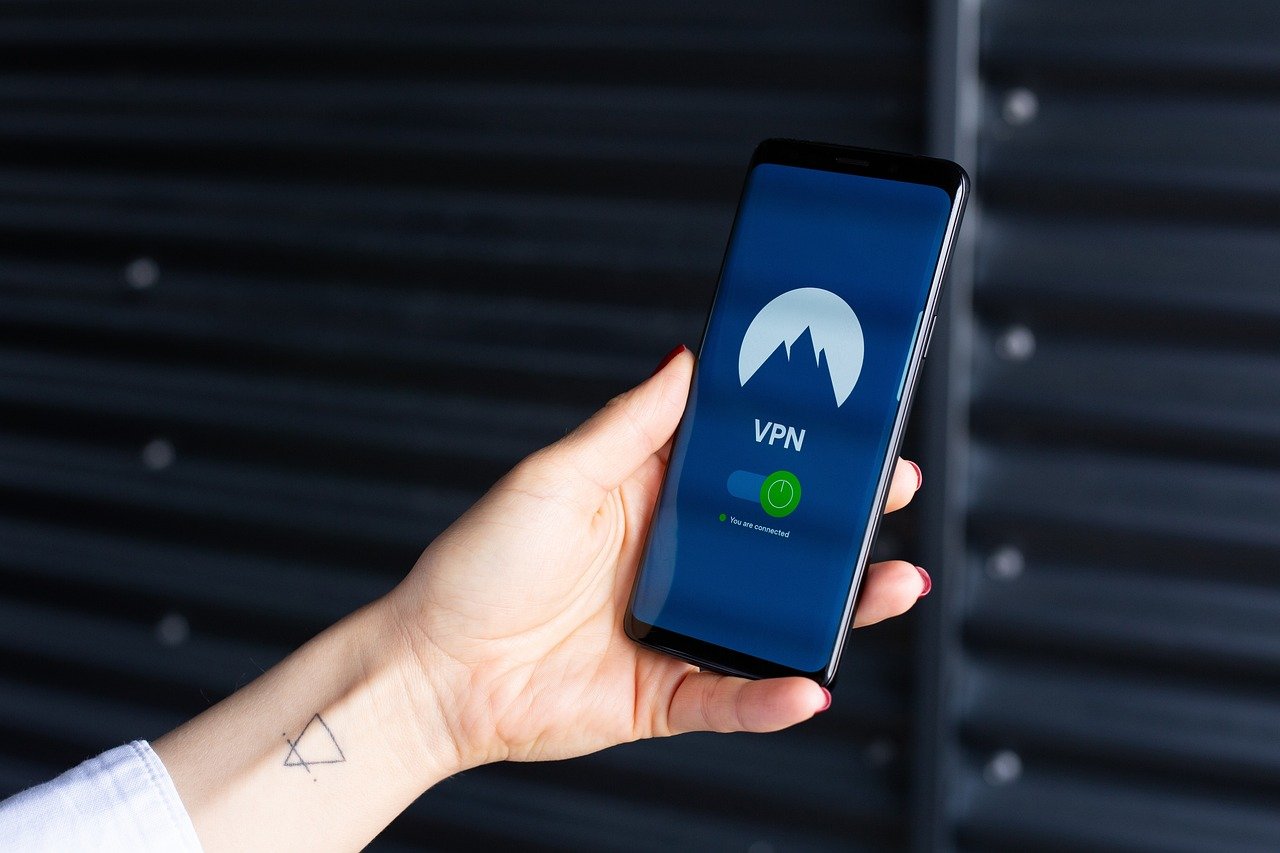Securing our digital lives has become paramount in today’s connected world. Authentication, the process of verifying a user’s identity, forms the very cornerstone of this security. Without robust authentication mechanisms, sensitive data, personal information, and critical systems would be vulnerable to unauthorized access and malicious attacks. This article will delve into the intricacies of authentication, exploring its different types, methods, and best practices, ensuring you have a comprehensive understanding of this crucial aspect of cybersecurity.
What is Authentication?
Definition and Importance
Authentication is the process of verifying that a user, device, or application is who or what it claims to be. It’s the first line of defense against unauthorized access to systems and data. Think of it as the digital equivalent of a security guard checking your ID before granting you access to a building.
- Key Importance:
Protects sensitive data from unauthorized access.
Ensures only legitimate users can access specific resources.
Maintains data integrity by preventing malicious modifications.
Establishes accountability by tracking user actions.
Builds trust between users and the system.
Authentication vs. Authorization vs. Accounting
It’s important to distinguish authentication from other related security concepts:
- Authentication: Verifying who you are. (e.g., checking your username and password)
- Authorization: Determining what you are allowed to do after authentication. (e.g., granting read-only access to certain files)
- Accounting: Tracking what you did. (e.g., logging all your actions within the system)
These three “A’s” – Authentication, Authorization, and Accounting – work together to provide a comprehensive security framework.
Types of Authentication
Single-Factor Authentication (SFA)
SFA relies on a single piece of evidence to verify identity. This is often a password. While common, it’s also the least secure method.
- Example: Entering your username and password to log into your email account.
- Drawbacks: Susceptible to phishing attacks, password cracking, and keylogging.
Two-Factor Authentication (2FA)
2FA adds a second layer of security by requiring two different authentication factors. This significantly improves security compared to SFA.
- Common Factors:
Something you know (password, PIN)
Something you have (security token, smartphone)
Something you are (biometrics)
- Example: Logging into your bank account with your password, then receiving a verification code on your phone.
Multi-Factor Authentication (MFA)
MFA requires two or more authentication factors. It’s the most secure authentication method, providing a robust defense against various attacks.
- Example: Using your password, a fingerprint scan, and a one-time code generated by an authenticator app to access a sensitive system.
- Benefits:
Significantly reduces the risk of unauthorized access.
Offers strong protection against phishing and other attacks.
Provides a layered security approach, making it difficult for attackers to compromise the system.
Authentication Methods
Password-Based Authentication
The most traditional and widely used method. Users provide a username and password to gain access.
- Best Practices:
Enforce strong password policies (length, complexity, uniqueness).
Use password hashing algorithms (e.g., bcrypt, Argon2) to store passwords securely.
Implement password reset mechanisms.
Educate users on creating and managing strong passwords.
- Example: Most website logins use password-based authentication.
Biometric Authentication
Utilizes unique biological characteristics to verify identity.
- Examples: Fingerprint scanning, facial recognition, voice recognition, iris scanning.
- Advantages:
Convenient and user-friendly.
Difficult to forge or steal.
Offers a high level of security.
- Disadvantages: Can be vulnerable to spoofing attacks in some cases, privacy concerns related to biometric data.
Token-Based Authentication
Uses security tokens (hardware or software) to generate one-time passwords (OTPs) or security keys.
- Hardware Tokens: Physical devices that generate OTPs (e.g., RSA SecurID).
- Software Tokens: Authenticator apps on smartphones that generate OTPs (e.g., Google Authenticator, Authy).
- Security Keys: USB devices that provide a strong form of authentication based on cryptographic keys (e.g., YubiKey).
- Example: Using Google Authenticator to generate a code for 2FA.
Certificate-Based Authentication
Uses digital certificates to verify the identity of users, devices, or applications.
- How it works: A certificate authority (CA) issues digital certificates, which are used to authenticate the entity.
- Advantages: Highly secure, difficult to compromise.
- Disadvantages: Can be complex to implement and manage.
- Example: Used in VPN connections and smart cards for secure access.
Social Authentication
Allows users to log in using their existing social media accounts (e.g., Facebook, Google, Twitter).
- Benefits:
Convenient for users as they don’t need to create new accounts.
Reduces password fatigue.
- Drawbacks: Reliance on third-party providers, potential privacy concerns.
- Example: Using “Sign in with Google” on a website.
Implementing Authentication: Practical Considerations
Choosing the Right Authentication Method
The best authentication method depends on the specific security requirements, budget, and user experience goals.
- Factors to Consider:
Sensitivity of the data being protected.
Risk of unauthorized access.
User convenience and adoption rate.
Cost of implementation and maintenance.
* Regulatory compliance requirements (e.g., GDPR, HIPAA).
Common Authentication Protocols
Several protocols are commonly used to implement authentication in web applications and APIs:
- OAuth 2.0: An authorization framework that enables users to grant third-party applications limited access to their resources without sharing their credentials.
- OpenID Connect (OIDC): An authentication layer built on top of OAuth 2.0 that provides a standardized way to verify user identity.
- SAML (Security Assertion Markup Language): An XML-based standard for exchanging authentication and authorization data between security domains.
- Kerberos: A network authentication protocol that uses tickets to verify the identity of users and services.
Security Best Practices
- Regularly review and update authentication policies.
- Implement intrusion detection and prevention systems.
- Monitor authentication logs for suspicious activity.
- Conduct security audits and penetration testing.
- Educate users about security threats and best practices.
Conclusion
Authentication is the foundation of digital security, ensuring only authorized individuals can access sensitive systems and data. By understanding the different types of authentication, methods, and best practices, organizations and individuals can significantly improve their security posture. Whether it’s choosing MFA for critical accounts or implementing strong password policies, taking proactive steps to strengthen authentication is essential in today’s threat landscape. Don’t leave your digital doors unlocked – prioritize robust authentication for a safer online experience.



